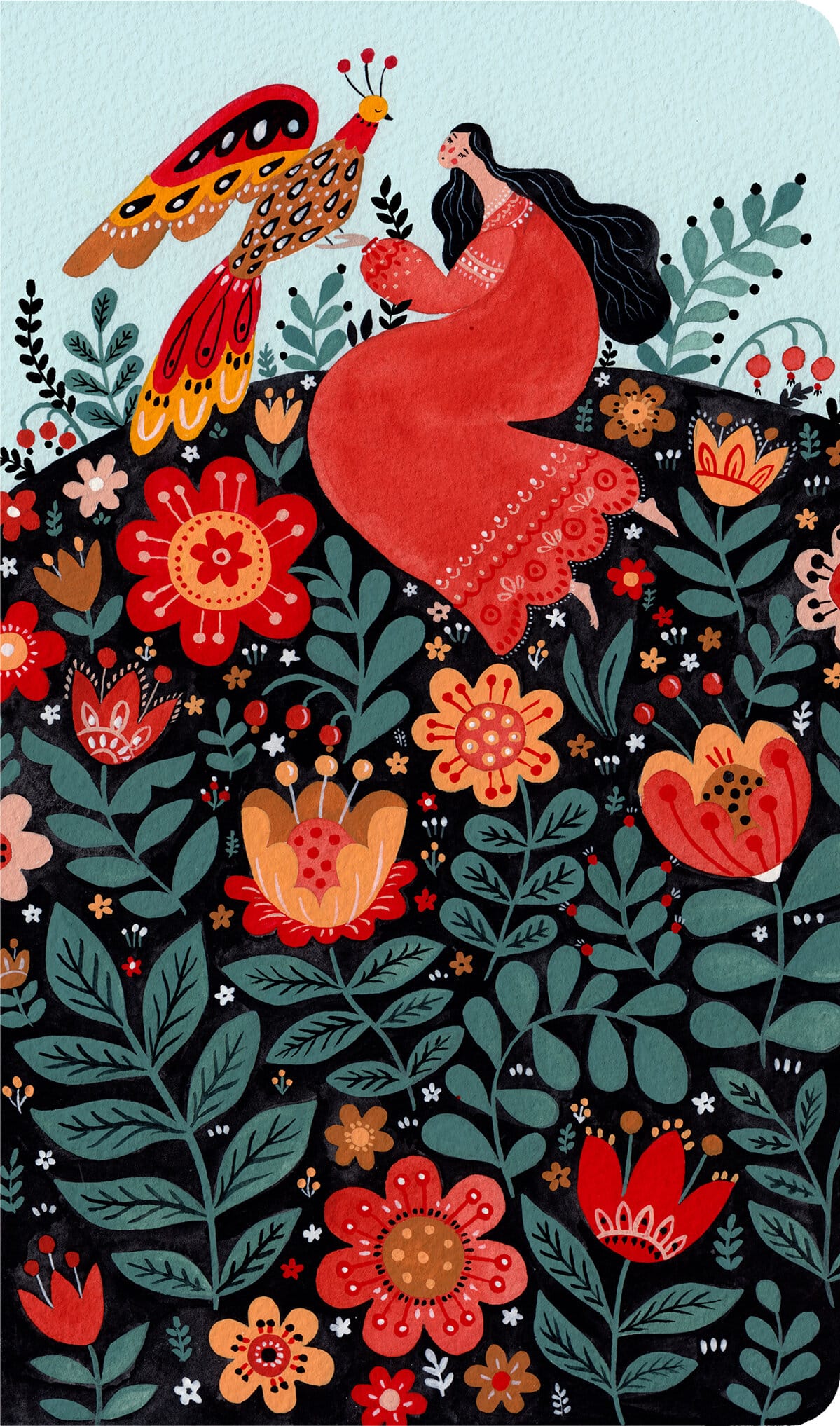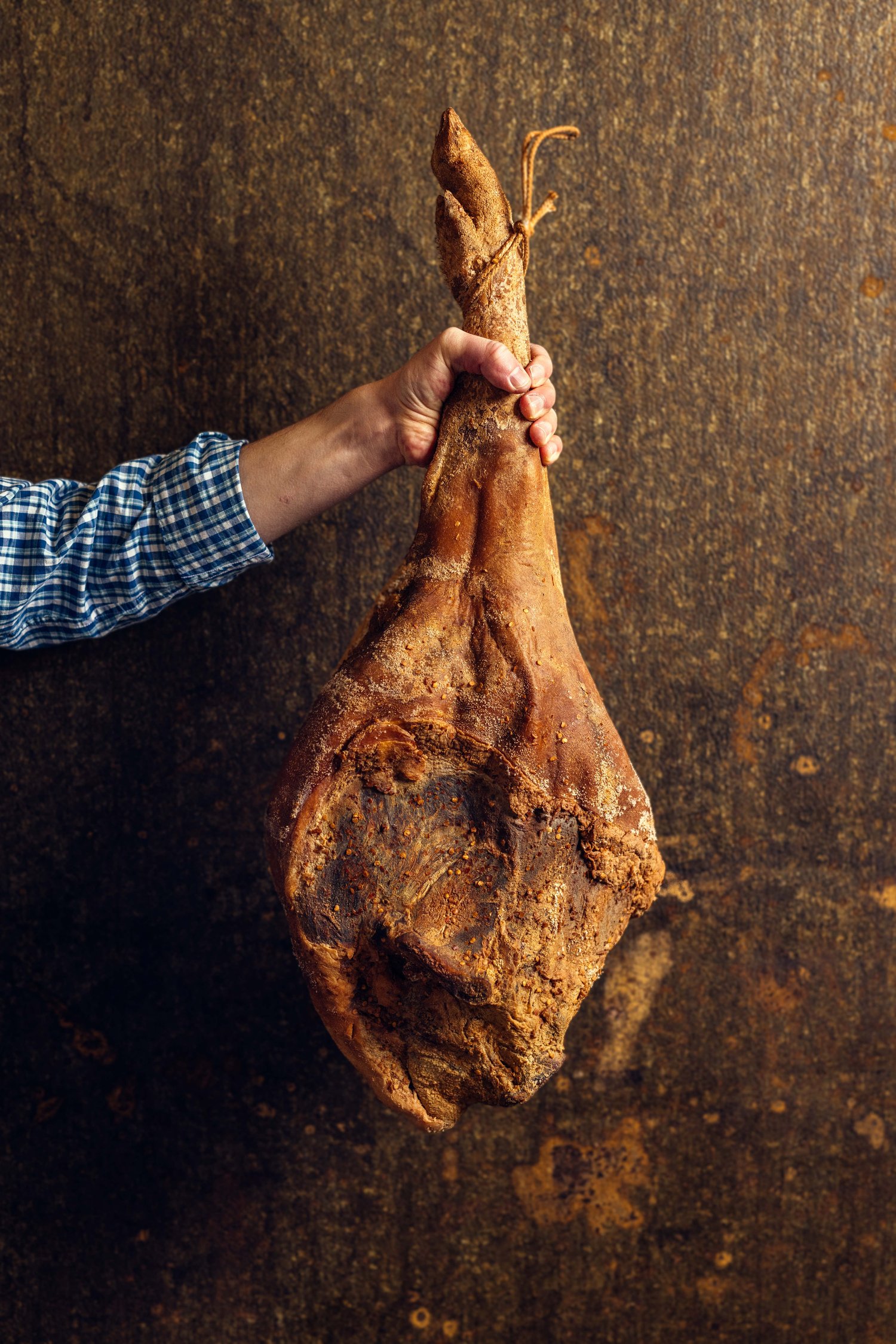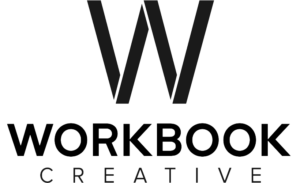In this episode of Workbook Radio, Workbook Social Media Director Thomas James talks shop with illustrator/animator Kirsten Ulve. Kirsten, whose art is our 2019 Fall Workbook Illustration cover, talks about her “style bubble,” her humble beginnings, and her caricature work.
TJ: “Okay! Today I am joined by illustrator Kirsten Ulve. Welcome to the show, Kirsten.”
KU: “Hello there! And thank you for interviewing me today.”
TJ: “Yes, we’re really glad to have you on Workbook Radio. I want to start with a question that, as an illustrator myself I know this is never really a fun question to ask: when you meet new people and you tell them you’re an illustrator, and they say, ‘Well, what do you do? Does that mean you’re doing cartoons or comics?’ But I wonder if you would be able to, for anyone who isn’t familiar with you, how would you describe either your style or your process?”
KU: “Well, my style has sort of a range because I have a lot of different kinds of clients. So there’s fashion illustration, and then there’s character design and caricature. So all of that is kind of within this ‘style bubble.’ I’ve never used that term before! But there all kind of similar because they’re all from me.
“So I guess my process would first start with identifying ‘who is this for?’ You know? Because that’s the most important part. Then I basically start on some really, really messy sketches on my iPad, which I now use instead of paper. [This] is a really recent development, actually, but I highly recommend it because you can sketch in layers.
“And also, if I don’t know much about what [the client] is asking me, then I have to do a little research. Like recently I did a job for the Harvard Business Review, which was really exciting. They contacted me as a new client. They wanted imagery about fossil fuels and carbon taxes and different industries that have the worst carbon emissions and things like that. And so I really felt like I need to look at some factory farm imagery and some oil refinery imagery just to get familiar with what I’m about to tackle image wise. And so I sometimes will go to Pinterest to look for images to help me wrap my mind around what they want. But they definitely wanted it to feel like my style, where it’s colorful and kind of beautiful imagery but a horrible subject. So that was a really fun challenge.
“But it was fun to turn the color of these pieces about the carbon emissions, you know, awfulness, where they’re these clouds of noxious, toxic gas in the air in some of these pieces. It was fun to interpret that as something beautiful using the color…rather than joyful, be acidic and toxic and poisonous. But it’s still bright. So it was cool to be able to apply that.”
TJ: “And based on what you just said I’m wondering if you have a grasp of, as someone who’s been doing this a while, do you have a sense of what art directors typically come to you for, as opposed to contacting someone else?”
KU: “I think they come to me because they want this sort of energy that’s in my work. It’s got kind of a graphic, feminine, color energy. And that’s usually what they want. They want a happy energy. And it’s filtered through whatever lens is needed at the time.”
TJ: “Interesting. As you just said you work in a variety of fields and parts of the industry I want to get to, but I’m curious where you started. Was it editorial, as is often the case, or was it somewhere else? And how did you get your start as an illustrator?”
KU: “I mean I didn’t aim at anything other than ‘who wants to see my work?’ Ya know? Who is this for? And I guess that starts with who you are. So at the time I started I was in school. I went to the University of Iowa. I just had your basic BFA in drawing and a minor in graphic design. And at the time I was in school I got a job on campus, which was really lucky because it was in the graphic design department for the school, and it was a huge Big-10 university, and they owned a lot of businesses, bookstores, and restaurants.
“So it was a [really busy] studio. This is where I started to use the computer drawing. It was like an early, early Macintosh and an early version of FreeHand. But we had deadlines, and we had meetings, and it was a really cool introduction into operating as illustrators who have their own business. So it was really important. And after school, of course [I thought], ‘Now what do I do? How do I do this on my own?’ I get a lot of emails from people who [ask] ‘How do I start?’ I did what we sometimes did at the studio, which is just make postcards and start sending them out and see who responded. I was also doing a lot of nightclub fliers and stuff because I was kind of a club kid in Chicago, where I was living at the time right after school. So that was part of it too.”
TJ: “How close to what you’re doing now did your work look back then?”
KU: “I think it had a similar feel only more giddy and just more organic. Kind of? I think my work has become more refined over the years. And it’s more graphic actually in recent years. At that time it was a lot of brushy, black outlines and had more a ’50s retro feel, which at the time was popular. I like to take note of what it feels like, what imagery should feel..you know you’re kind of vibe-ing on what’s happening around you.”
TJ: “You started, I guess maybe you would say accidentally, getting into caricature work? Could you talk about how that started and how that developed for you?”
KU: “I mean, what’s weird is sometimes I would draw people in grade school, and even I was like, ‘Wow, this looks like them!’ But just really casually. I never got super into it or anything. It was just part of art class. Around the house where I grew up with my mom, dad, and brother and sister, humor was super important. There was a lot of mimicry [happening]. That became the basis for understanding how to do caricature for me: to kind of inhabit who you’re trying to draw, which I think makes the piece. I don’t know. For me, it’s just a mechanism I use to do caricature.
“And I hadn’t ever really thought about doing caricature when I was younger, or starting out. But then Entertainment Weekly called me. I think George McCalman was the art director who [asked] ‘Can you draw Harrison Ford for us?’ I didn’t know why he was calling me because I don’t think I had any caricature on my site at the time, my very early website. So it was so cool of him to give me this opportunity to stick a toe in the water and to make it work. It was pretty bad now that I think about that piece! (laughing) It was not good. It was a really early start, but it was so fun to explore the style of caricature. I still love doing caricature.”
TJ: “Would you be able to expand on what you mean by inhabiting the characters that you’re illustrating?”
KU: “Well, you know when you’re doing caricature you have to [on the early side] look at a lot of pictures and angles of the celebrity. I don’t try to draw one of the pictures. I just have a mental picture of their features; then I start to sketch. But part that is, I have to try on their faces a little bit to get them in my body…like, how it should come out of my hand, (laughing)…like this magic process. So I guess that’s what I mean.
And a really important part of that is when I’m drawing somebody I hate, you know? Then I need to find a way to even love drawing that person. I can’t do it if I [feel] active dislike for the character. I have to get out of that space and find something to love about them, or even about how hideous they look, (laughing)…something of mercy. I don’t know what it is, but that’s where I have to go to make a good caricature.”
Listen to the full episode below!
To see more of Kirsten’s work, click here.
To view the Fall Workbooks, click here.
For more thing Workbook Radio, click here.




